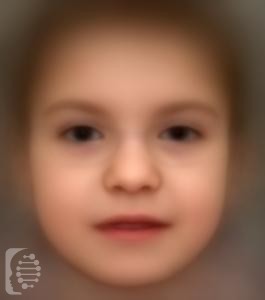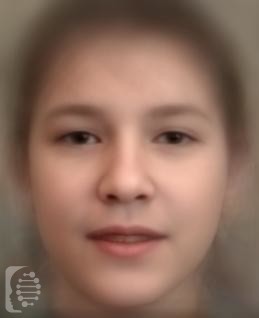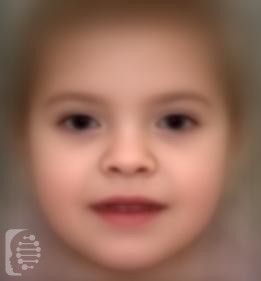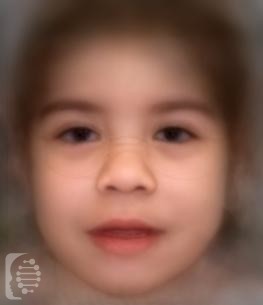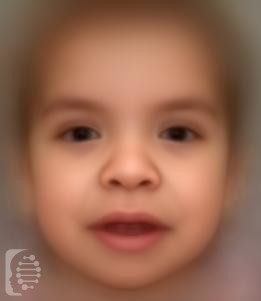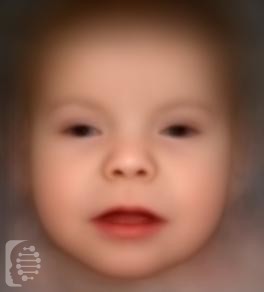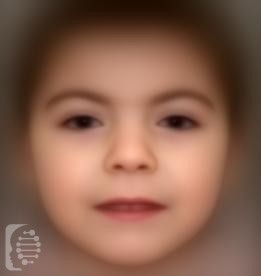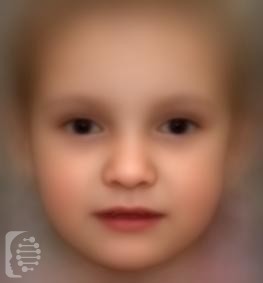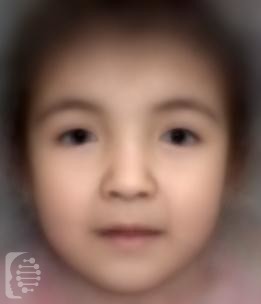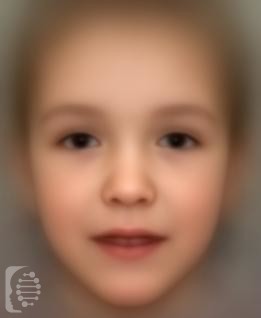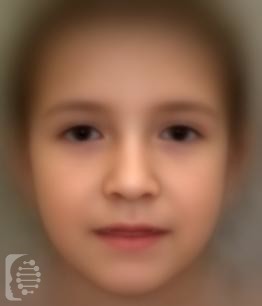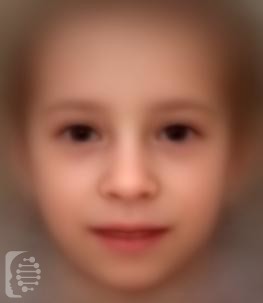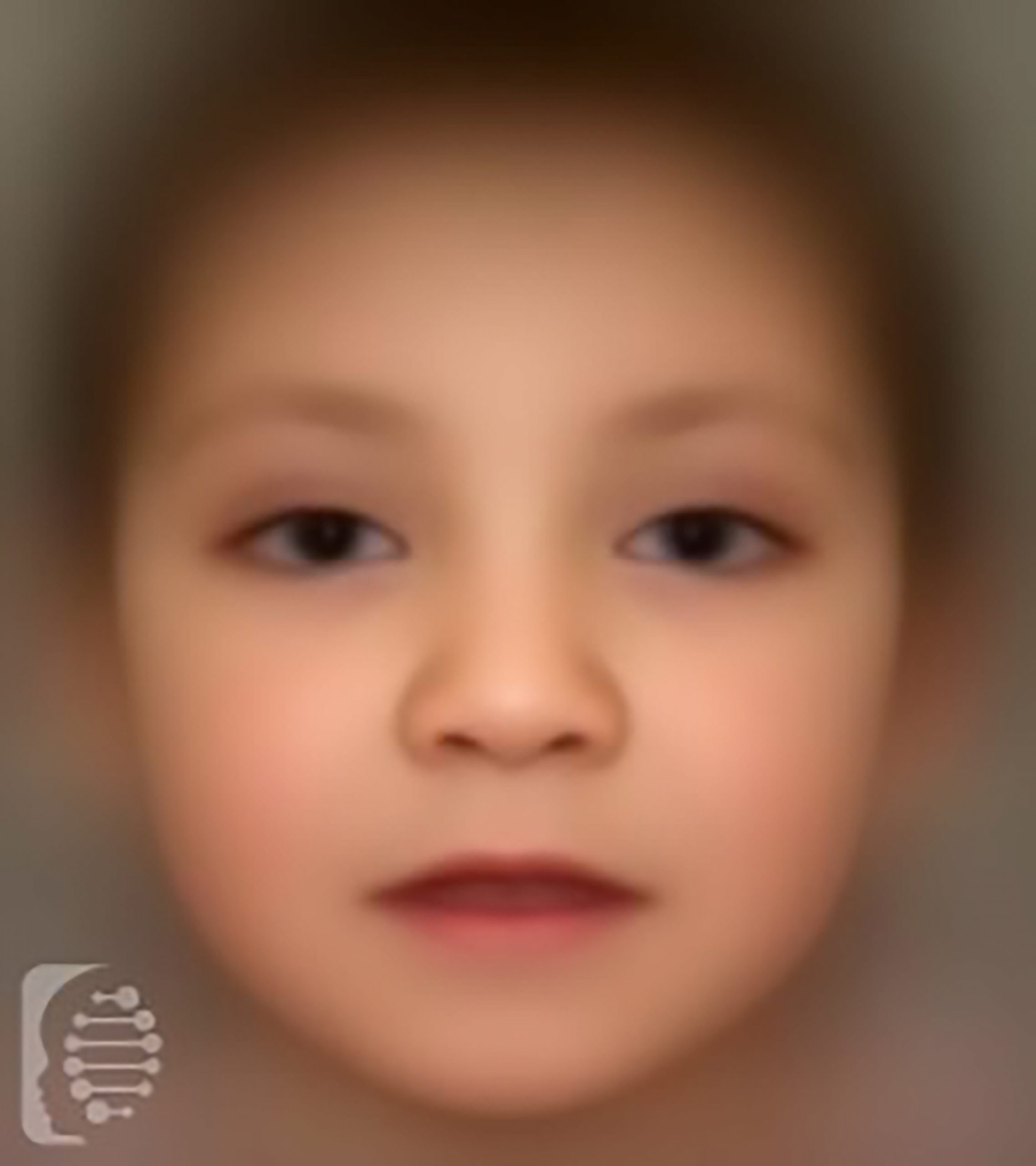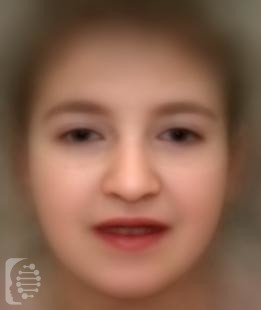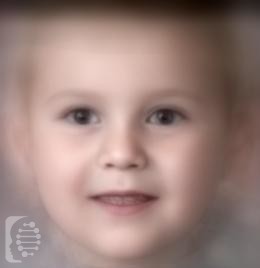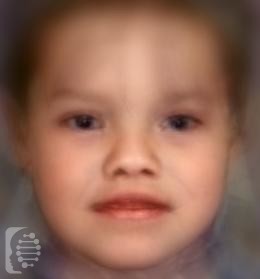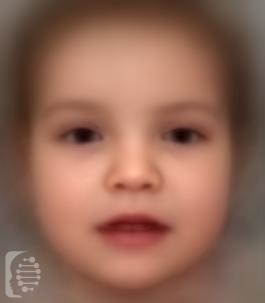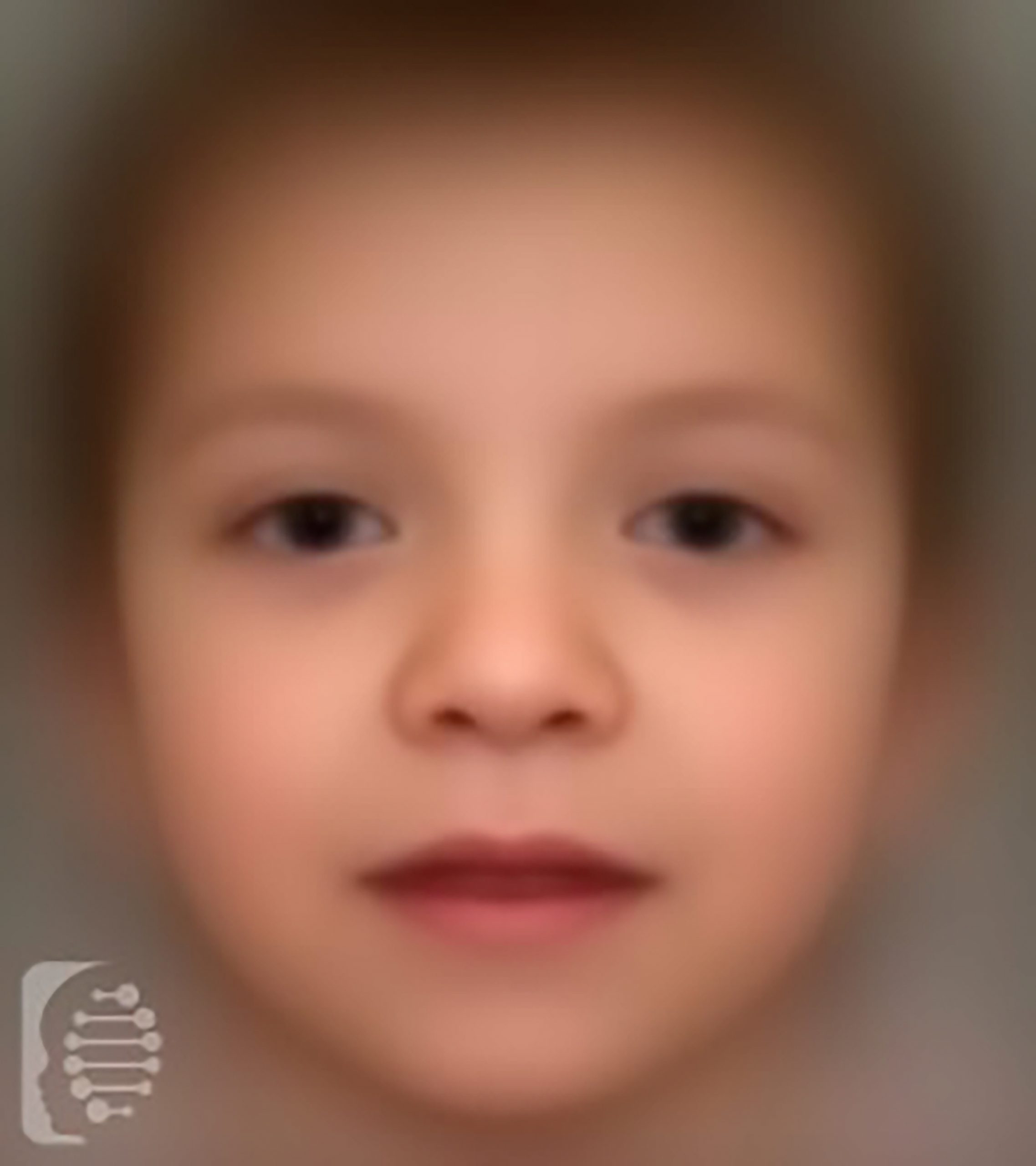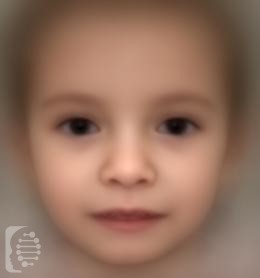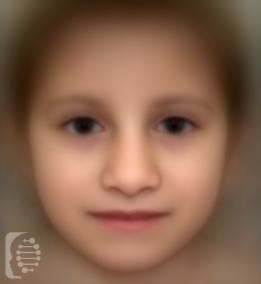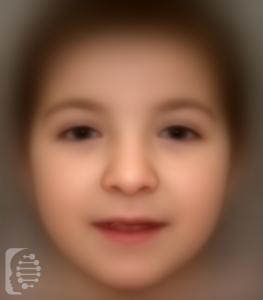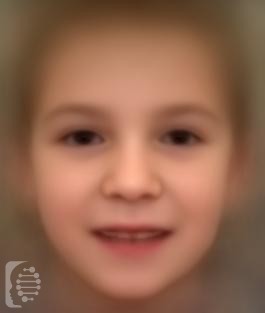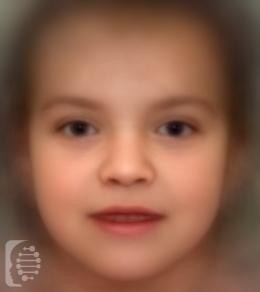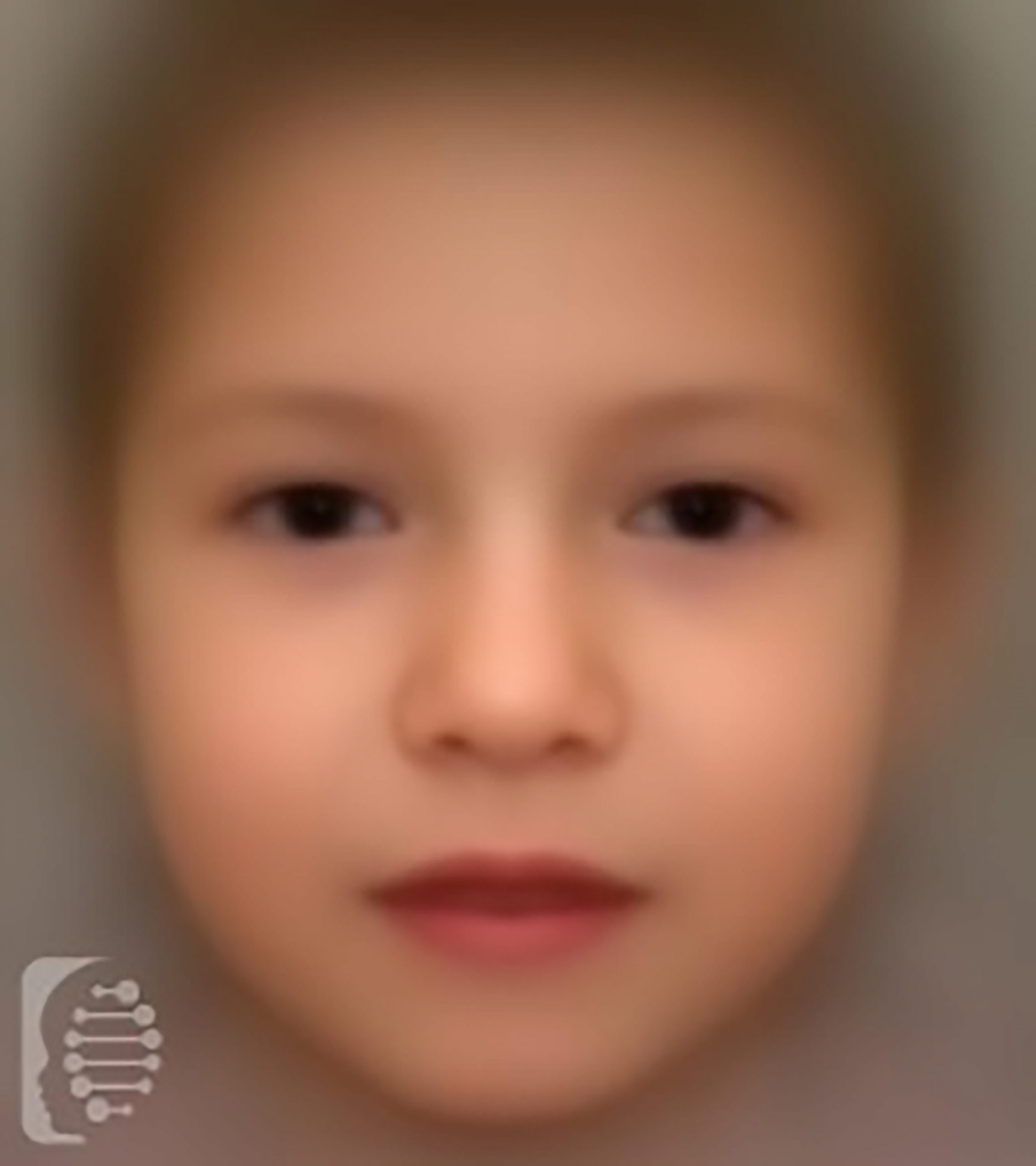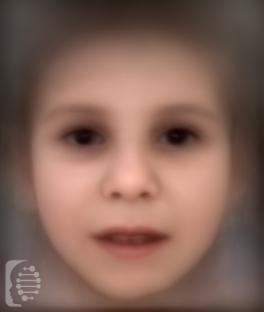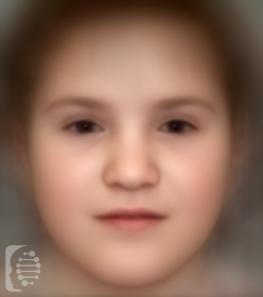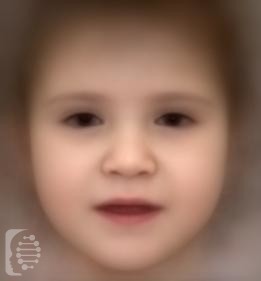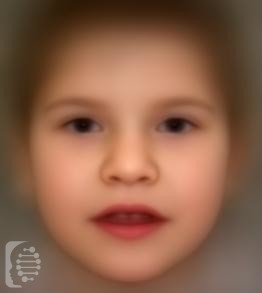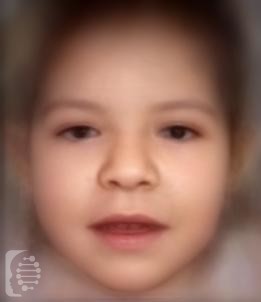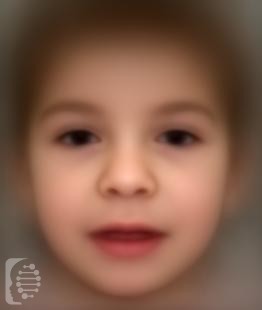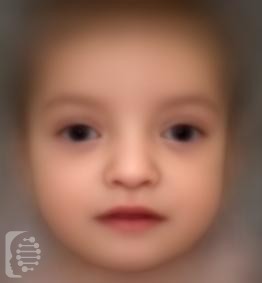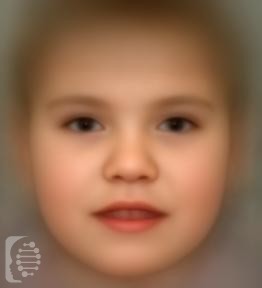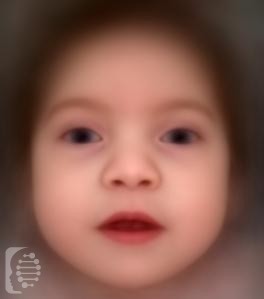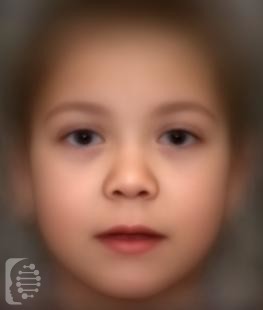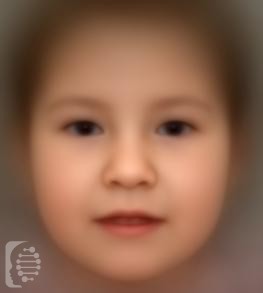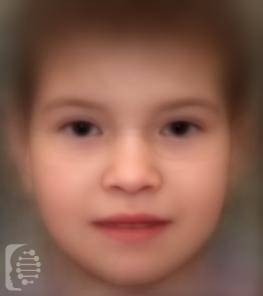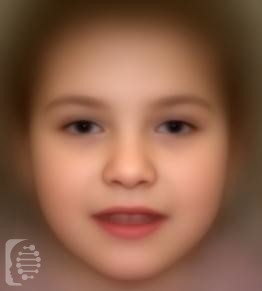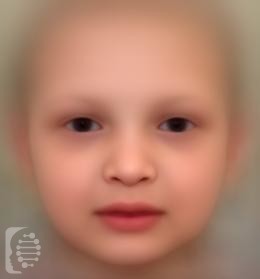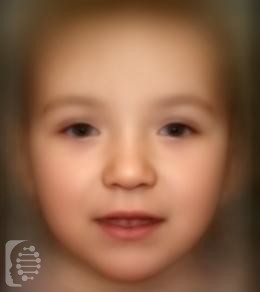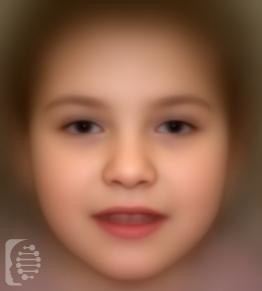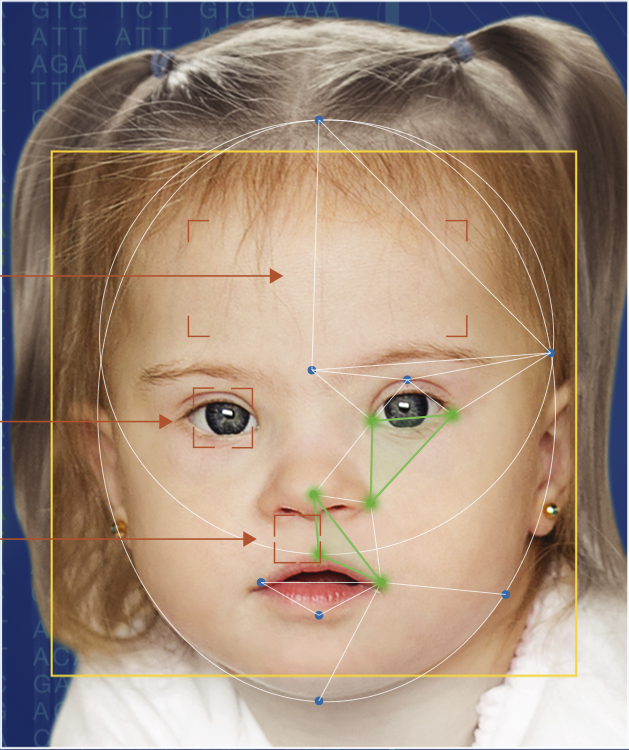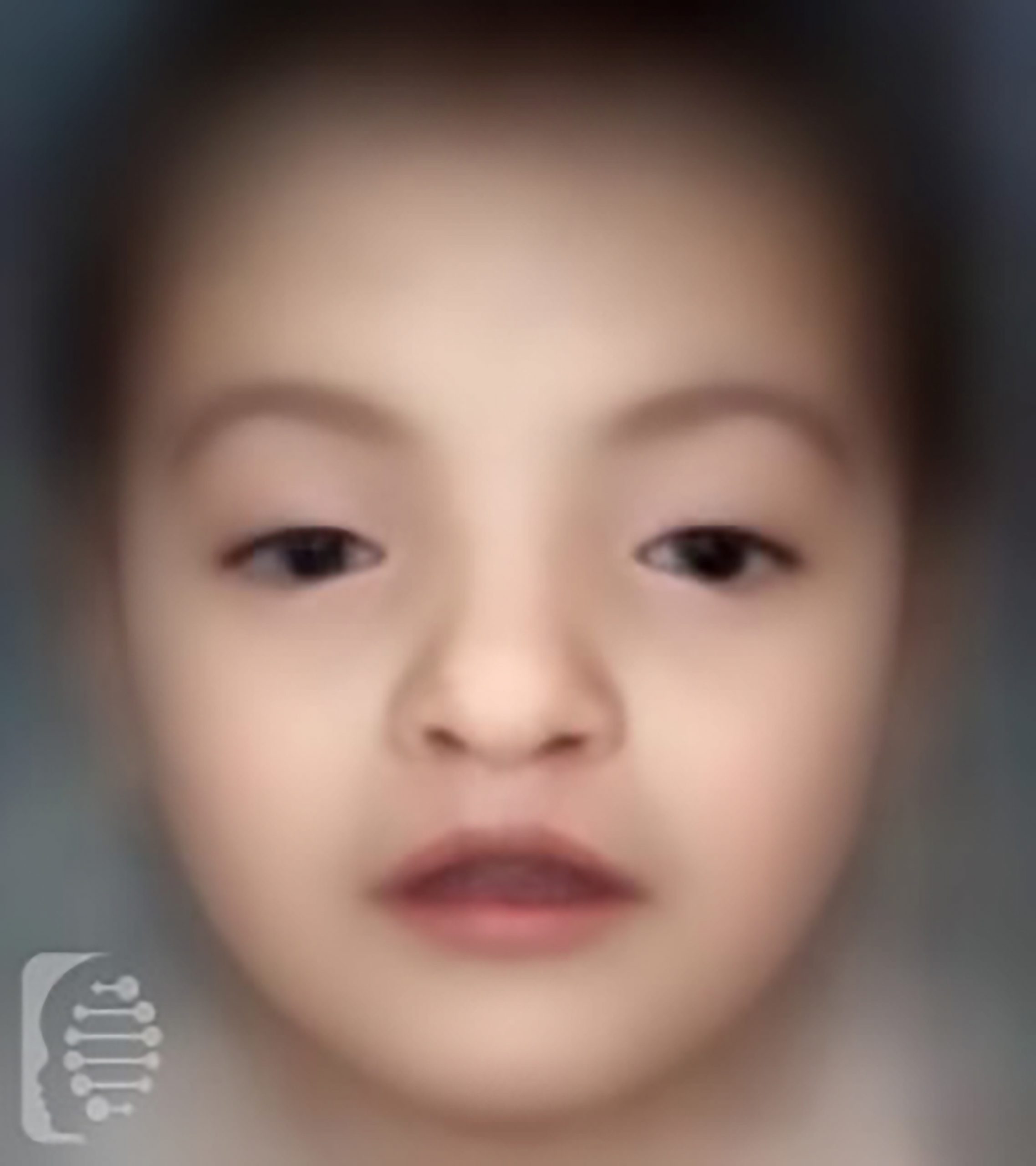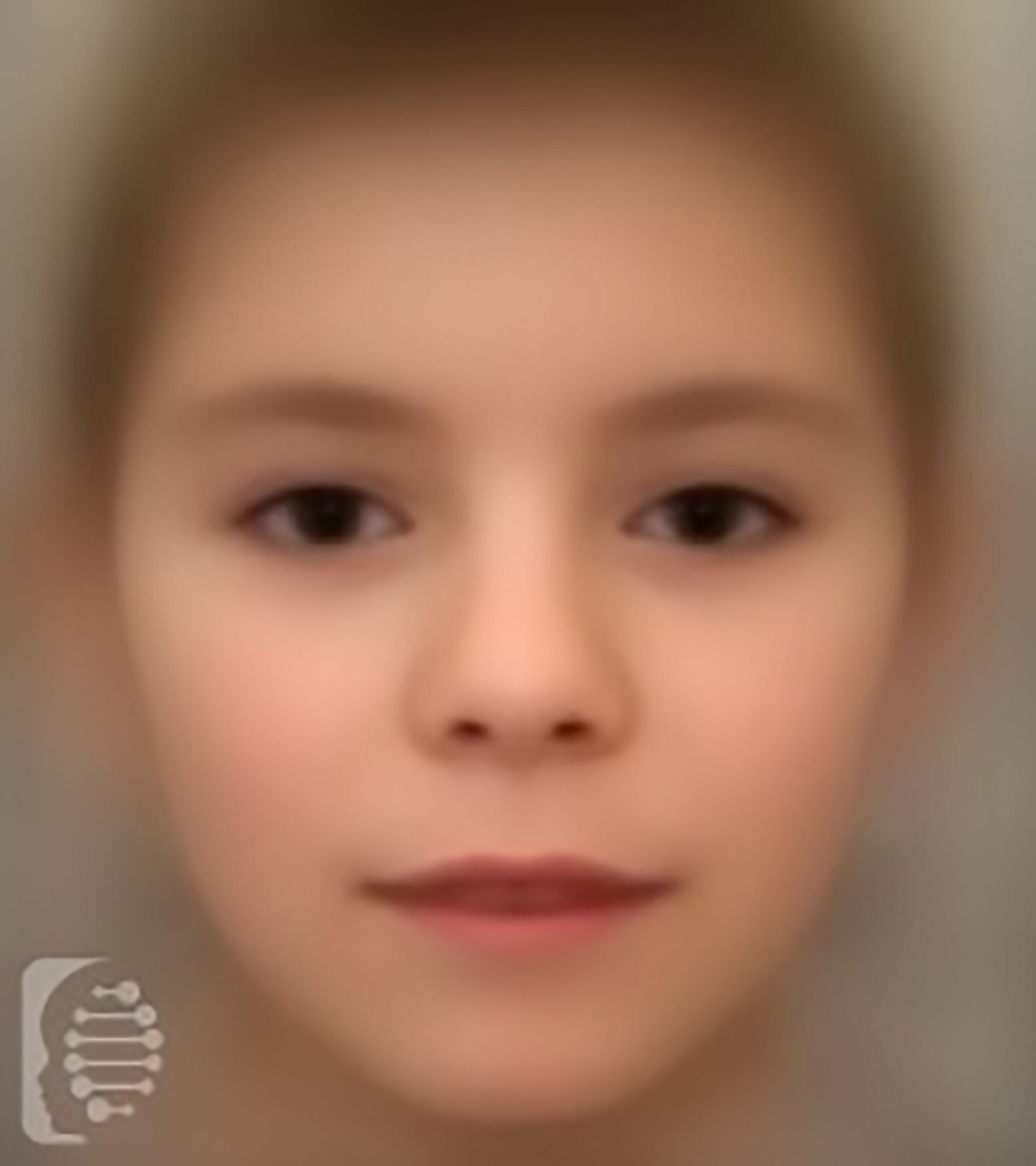Paula and Bobby
Parents of Lillie
Abnormal Fear/Anxiety-related Behavior

Understanding central nervous system abnormality symptoms and features.
Symptoms may affect multiple parts of the body. Understanding which parts of the body are affected by the symptom can help us to better understand the potential underlying causes of a symptom, including a rare disease or genetic syndrome.
The nervous system is made up of a network of nerves and cells that carry messages to and from both the brain and the spinal cord. Within the nervous system are the central nervous system and the peripheral nervous system.
The brain and spinal cord make up the central nervous system.
Within the peripheral nervous system are the somatic and autonomic nervous systems. The somatic system controls responses to sensory stimuli, while the autonomic nervous system controls the inner workings of organs, including digestion, breathing and the heartbeat.
Sleep is one body function controlled by the autonomic nervous system, specifically the sympathetic nervous system.
What is abnormal fear/anxiety-related behavior?
Anxiety and fear are related emotions with quite a lot of overlap. There are a few differences between fear and anxiety. Fear is considered a primary emotion, while anxiety is thought of as a secondary emotion, more related to the avoidance of fear or of things that could produce fear.
Primary emotions are ordinarily recognizable through facial expression, are easily understood by an onlooker, and exist across a variety of cultures. Primary emotions include happiness, sadness, fear, anger, surprise and disgust.
Secondary emotions such as anxiety may not be easily seen or understood by an outside observer. These types of emotions are considered internal and may remain private if no outward signs are shown.
Fear and anxiety are also differentiated from each other by the time in which they occur. Fear is a response to a current, present danger: now. Anxiety is most often a worry about something threatening or concerning that may happen at some future time. Anxiety is a state where people feel they are getting ready or preparing for a harmful happening in the future that they hope to prevent or get through safely.
Anxiety and fear can be helpful in some cases. When presented with an angry tiger outside of a zoo, fear is an entirely reasonable and useful emotion. When preparing to undergo a dangerous journey or to take a difficult test, anxiety is also normal and in fact necessary. Fear and anxiety help us survive.
Abnormal fear and anxiety related behavior is a state of fear or anxiety that is not situationally appropriate and not the ordinary useful response. Abnormal fear and anxiety last too long, or are constant.
Some common types of abnormal fear and anxiety related behavior include, but are not limited to:
Anxiety:
Intense feelings of worry, nervousness, tenseness, or panic, often in reaction to interpersonal stresses; worry about the negative effects of past unpleasant experiences and future negative possibilities; feeling fearful, apprehensive, or threatened by uncertainty; fears of falling apart or losing control.
Episodic paroxysmal anxiety refers to recurrent attacks of severe anxiety, whose occurrence is not restricted to any particular situation or set of circumstances and is therefore unpredictable.
An anxiety attack may show up with one or more of these symptoms:
Trouble breathing
Palpitations
A feeling of unreality
Pain or tightness in the chest
Trembling, shaking, dizziness or feeling unsteady
Sweating
Feeling faint
Fear of dying
A feeling of losing control
Tingling in hands and feet
Choking or smothering feelings
Agoraphobia:
Characterized by avoidance of public places, especially where crowds gather.
Claustrophobia:
An abnormal fear of being in a closed or narrow space with no escape.
Panic attack:
A sudden episode of intense fear in a situation where there is no danger or apparent reason to be afraid. The panic attack is accompanied by symptoms such as palpitations, sweating and chills or hot flushes. There may be a sensation of being out of breath, chest pain, or abdominal distress. Some individuals with panic attacks may experience depersonalization, a fear of going crazy, or a fear of dying.
What should I do next?
In some instances, abnormal fear/anxiety-related behavior may be one of the features of a rare disease or genetic syndrome. In this case fast, targeted genetic analysis can give you a more accurate diagnosis.
Synonyms:
Abnormality of anxious behavior, abnormal fear response, abnormal anxiety response, abnormal anxious behavior
HPO:
0100851
Optional syndromes:
Clarify any concerns you may have and get tested online today!
Schedule Your Online Meeting Now
Synonyms:
Abnormality of anxious behavior, abnormal fear response, abnormal anxiety response, abnormal anxious behavior
HPO:
-
0100851
Optional syndromes:
FDNA™ Health can help you with the diagnostic journey.
Learn about child developmental delays: Causes, Symptoms, and Therapies.
Don't wait years for a diagnosis. Act now and save valuable time.
Explore the most detected symptoms in our system (numbers are global and based on the data from 120 countries):
What is FDNA Health?
With the largest global database and a leading decision-support tool using AI, FDNA™ Health enables patients and their families to better understand symptoms and conditions with the goal of shortening the time to diagnosis.
Benefits of FDNA Health
Save valuable time by
learning about possible conditions
and report to your clinician
Advanced AI technology
and leading worldwide clinicians
shortening time to diagnosis
Looking for answers?
Worried about child development?
We are here to help you!


